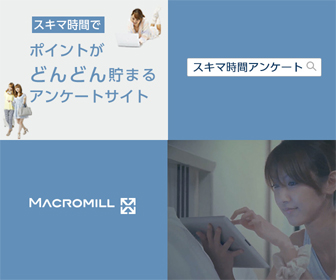Sakaguchi’s Nobel and the Rise of Japan’s Immune Tech: Why Chugai Might Be the Next Big Thing
When Dr. Shimon Sakaguchi won the 2025 Nobel Prize in Physiology or Medicine for his discovery of regulatory T cells (Tregs), the Japanese market took notice.
Investors suddenly started typing “Chugai Pharmaceutical” into their search bars — and for good reason.
Chugai, a subsidiary of Roche, has been collaborating with Dr. Sakaguchi and Osaka University’s Immunology Frontier Research Center for over a decade. Together, they’ve been exploring how Tregs — the so-called “brake” of our immune system — could revolutionize medicine.
So what exactly does this mean?
Let’s break it down.
The Science Behind the Buzz
Regulatory T cells suppress overactive immune responses.
That sounds technical, but in real life it translates to something tangible: potential treatments for autoimmune diseases like lupus, rheumatoid arthritis, or thyroid disorders — and even for more familiar conditions like allergies, from cedar pollen in Japan to nut allergies abroad.
But there’s another side to this story — cancer treatment.
If researchers can control or reduce Tregs selectively, it could “release the brakes” on our immune system, allowing it to attack cancer cells more effectively.
In other words, a new kind of immunotherapy that doesn’t wreck the body in the process.
Think of it as the difference between a sniper rifle and carpet bombing.
If this becomes reality, radiation and chemo could one day feel as outdated as bloodletting.
Why Investors Should Care
Dr. Sakaguchi himself said these treatments could become a reality within 20 years.
Now, institutional investors don’t have that kind of patience — their portfolios are reviewed quarterly.
But for individual investors?
That timeline could be your hidden advantage.
Holding Chugai for the long game might be the kind of quiet bet that only pays off if you actually wait.
Beyond Immunology — Chugai’s Broader Pipeline
And it’s not just about Tregs.
Chugai has been making moves elsewhere too.
They’re developing a self-injectable treatment for paroxysmal nocturnal hemoglobinuria (PNH) — a rare blood disease that used to require regular IV infusions. The new formulation lets patients treat themselves at home.
They’re also keeping pace with global players like Eli Lilly, who’s racing to commercialize oral treatments for obesity and diabetes.
The direction is clear: making life easier for patients — and for investors betting on the future of healthcare.
A Bit of Japanese Flavor
In Japan, Sakaguchi’s Nobel triggered an unexpected side effect: the anime Cells at Work! shot back into the spotlight.
The show personifies immune cells like hardworking office staff — and yes, the cool, suited “Regulatory T Cell” character became a trending topic again.
It’s very Japan to celebrate science through cute, anthropomorphic biology, but hey — it works.
The Bigger Picture
With innovation like this, tariffs and politics start to feel like background noise.
U.S. tariffs? Whatever. Everyone wants to be healthy.
💡 Bottom line:
Chugai isn’t just another pharma stock.
It’s sitting at the crossroads of Japanese science, global healthcare, and human survival instinct.
And that combination rarely goes out of style.
Disclaimer
This article reflects personal views and analysis for informational purposes only. It should not be considered investment advice. Readers should conduct their own research or consult with licensed professionals before making investment decisions.




